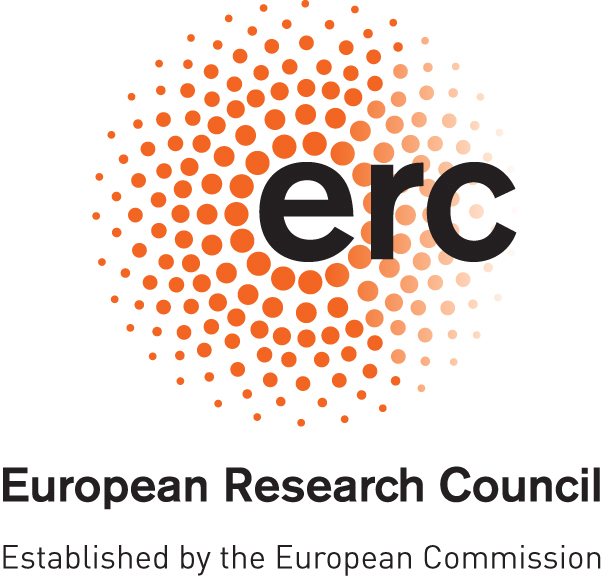

About ECOGAL
We are constructing the first self-consistent models of star formation that follow the galactic scale flows where molecular clouds form, yet still resolve the star formation and feedback events down to sub-parsec scales. By following the full galactic ecology, the life cycle of gas from the interstellar medium into stars and their radiative and kinematic output back into the galaxy, we will develop a comprehensive theory of star formation. The link between the large-scale dynamics of the galaxy and the small-scale star formation provides the ground-breaking nature of this project.
Star formation produces a wide range of outcomes in nearby molecular clouds yet on large scales yields star formation rates that are strongly correlated to galactic-scale gas densities. These observed properties of star forming galaxies have inspired a plethora of theoretical ideas, but until now there has been no means of testing these analytical theories.
We will use galactic-disc simulations to determine how molecular clouds form through self-gravity, spiral shocks and/or cloud-cloud collisions. We will use these self-consistent models of molecular clouds to follow the local gravitational collapse to form individual stars and stellar clusters.
We will include ionisation, stellar winds and supernovae into the ISM to study how feedback can support or destroy molecular clouds, as well as triggering successive generations of young stars. We will also conduct Galactic bulge scale simulations to model how gas flows into, and star formation occurs in, the Galactic centre. The primary goals of this project are to understand what determines the local and global rates, efficiencies and products of star formation in galaxies, and to develop a complete theory of star formation that can be applied to galaxy formation and cosmology.
( ERC Advanced Grant 291227 )
